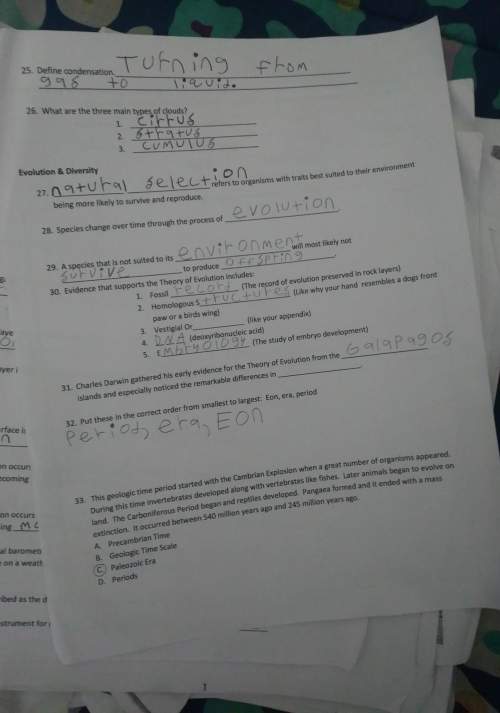
Physics, 18.02.2021 23:30, gabetrojanowski1936
Electric Field Hockey
In this activity, you will again explore the relationship between an electric field and charged particles in the field, but this time you’ll have a gaming challenge. To begin, open Electric Field Hockey.
Directions:
On the control bar, make sure that the Puck is Positive and the Field boxes are checked. Also, make sure that the Practice option is selected.
Your aim is to score goals by manipulating the black puck (test charge) into the blue-colored bracket (goal) on the right. Think smart and place positive source charges (red) and negative source charges (blue) in such a way that the black puck moves into the goal.
Note that when you place a red, positive source charge in the hockey field, a red arrow appears on the black puck (test charge) showing the force the positive charge exerts on the puck. Similarly, when you place a blue, negative source charge in the hockey field, a blue arrow appears on the black puck (test charge) showing the force the negative charge exerts on the puck.
Question 1
Part A
Place a red charge on the hockey field and click Play. In which direction do electric field lines point? In which direction does the black puck move? What conclusion do you draw from this movement?
Part B
Click Reset and then click Clear. Now, place a blue charge in the hockey field and click Play. In which direction do electric field lines point? In which direction does the black puck move? What conclusion do you draw from this movement?
Part C
Manipulate the mass of the puck by dragging the mass bar to the right to increase the mass and to the left to decrease it. What changes do you see in the speed of the puck? Which principle works behind this change?
Part D
In the same situation, what do you observe about the relationship between the speed of the black puck and its distance from the blue charge?
Question 2
You can make the puck travel in complex ways by placing a set of charges around on the field. So, here’s your game challenge: Arrange sources charge around to propel the puck from its starting position into the goal. That’s pretty easy for a straight shot; you just put a negative charge behind the goal. But what if there are barriers along the way? This is a real test of your physical understanding, including Newton’s laws of motion and electrostatic forces. Game’s on!
Part A
On the control bar, check the Trace and Field boxes. The game has three Difficulty levels. Start with Difficulty level one and arrange source charges to get the puck into the goal. Once you’ve made a score at any level, increase the Difficulty level. Take a screen capture of two of your most difficult goals and paste them here. At least one of these should be at Difficulty level 2 or 3.
Please Answer Questions with complete sentences.

Answers: 2
Other questions on the subject: Physics


Physics, 22.06.2019 08:00, cxttiemsp021
Choose each of the settings that follow and list them below do it ill mark brainliest first object= position= speed= acceleration= second object= position= speed= acceleration=
Answers: 2

Physics, 22.06.2019 20:00, luceridiaaz
What is the name of the perceived change in a sound wave’s frequency due to motion between the observer and the sound source?
Answers: 1

Physics, 22.06.2019 23:00, kingalbyss1230
Which scientist was the first to propose the heliocentric model of the universe? a. aristotle b. isaac newton c. galileo galilei d. nicolaus copernicus
Answers: 1
Do you know the correct answer?
Electric Field Hockey
In this activity, you will again explore the relationship between an electric...
Questions in other subjects:


English, 16.10.2020 09:01

Mathematics, 16.10.2020 09:01





Biology, 16.10.2020 09:01


History, 16.10.2020 09:01







